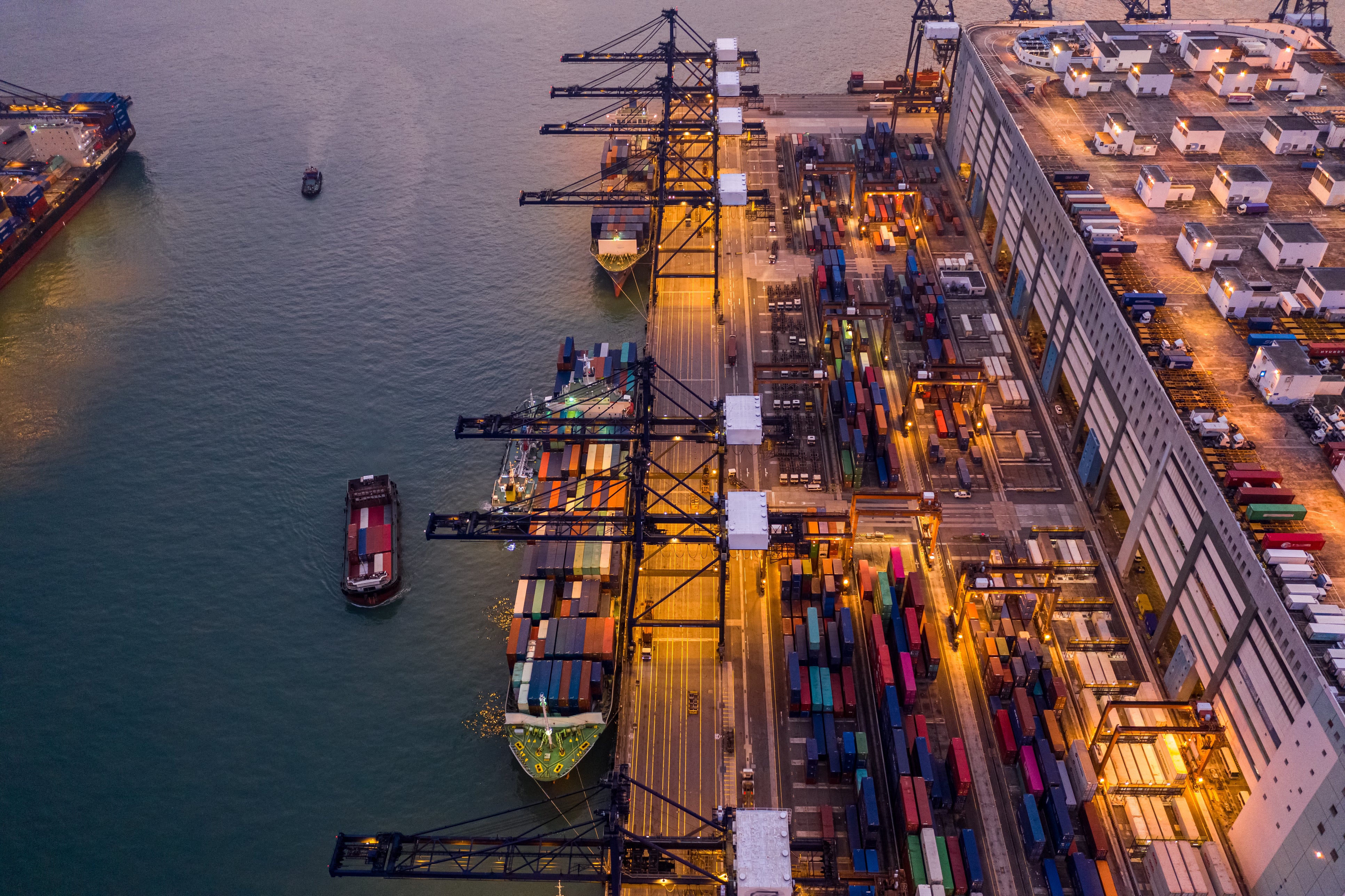Mapping the key trends in global trade – insights from the Global Trade Atlas
THE ARTICLES ON THESE PAGES ARE PRODUCED BY BUSINESS REPORTER, WHICH TAKES SOLE RESPONSIBILITY FOR THE CONTENTS

DHL Express is a Business Reporter client
Over the past two years, what has felt like a relentless series of crises has put international trade at the centre of the debate about economic growth and resilience. Across the world, people have seen what happens when trade patterns and supply chains are disrupted, and have been reminded of the vital role the flow of goods plays in our quality of life.
In this context, the DHL Trade Growth Atlas, produced in partnership with NYU Stern’s Centre for the Future of Management, sought to understand what future there is for globalisation and trade, and how businesses navigating global trade routes can find their place within these shifting trends.
International trade remains resilient
Our first lesson from the GTA was that international trade has proved surprisingly resilient through the Covid-19 pandemic and ongoing distribution seen from events such as the war in Ukraine. In fact, it has now expanded to well above pre-pandemic levels, despite the constraints to growth posed by supply bottlenecks, and trade is expected to grow slightly faster in 2022 and 2023 than it did over the previous decade.
E-commerce continues to boost opportunities for all business
Unsurprisingly, e-commerce sales boomed during the pandemic as global populations stayed at home and shopped online. However, this growth wasn’t limited to domestic sales, and we saw strong opportunities created for sellers to access new markets abroad and cross-border sales.
The outlook continues to be strong, and according to McKinsey sales are likely to soar from $300 billion in 2020 to roughly $1 trillion in 2030. A survey commissioned by Paypal showed that 23 per cent of respondents became more comfortable with cross-border shopping during the pandemic, highlighting that the opportunity for businesses to trade internationally is very much still there.
Markets and trade routes are spreading and shifting
The GTA highlighted interesting shifts in the geography of trade growth, as new poles emerge. Between 2016 and 2021 China generated one-quarter of the world’s trade growth, and while it is still expected to achieve the most trade growth of any individual country, the International Monetary Fund forecasts that China’s share of global growth will fall over the next five years. In its place, growth in Southeast and South Asia, and Sub-Saharan Africa, will see trade spread out across a much wider variety of countries.
The mix of products traded by advanced versus emerging economies has shifted. Emerging economies are increasingly important importers of raw materials and exporters of sophisticated capital, intermediate and consumer goods.
The role of trade in tackling inflation
Globally, businesses are facing the shared challenge of record highs in inflation, so the role of trade as a powerful way to tackle inflation should not be underestimated. According to one recent analysis, selected reductions in US trade barriers could cut the country’s inflation rate by 1.3 to 2 per cent.
For companies, the power of trade to accelerate growth, reduce costs and boost resilience can be an important part of their strategies for responding to inflationary pressures and ongoing supply disruptions.
Despite undeniably turbulent times, the GTA has highlighted that international trades continues to present strong opportunities for businesses for growth, and we hope it provides the knowledge for them to seize the most promising opportunities, ultimately contributing to more robust economic growth, lower inflation and a more resilient global economy.
Originally published on Business Reporter
Subscribe to Independent Premium to bookmark this article
Want to bookmark your favourite articles and stories to read or reference later? Start your Independent Premium subscription today.
